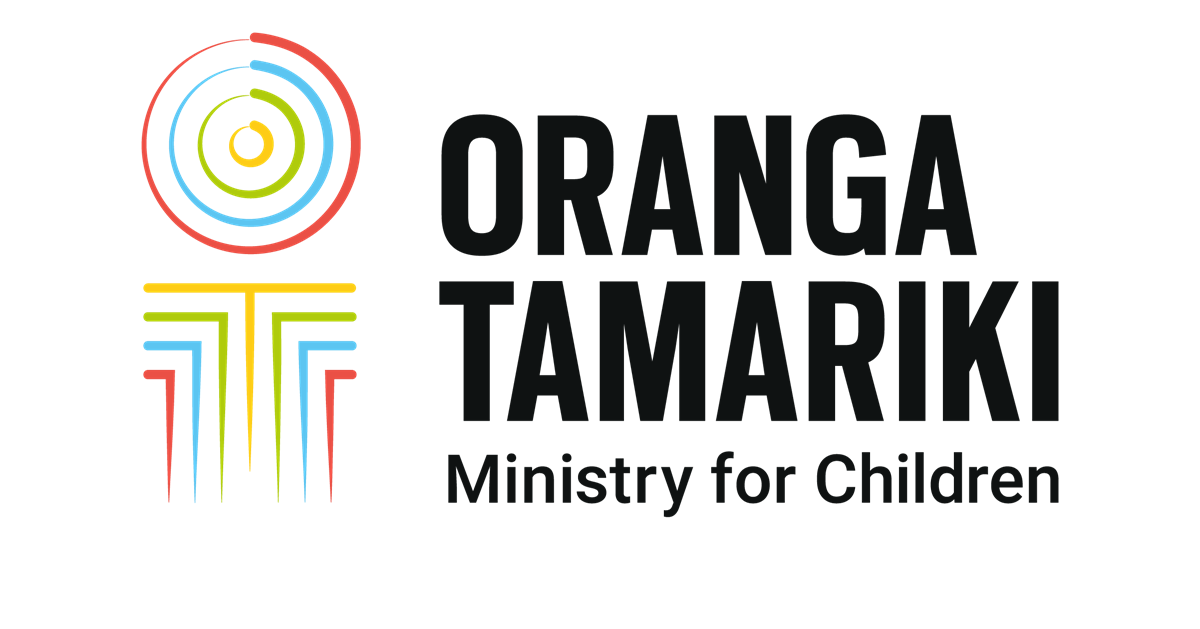Medical Child Abuse
Published: July 23, 2021
A literature scan aimed at providing up-to-date information on what is known about children affected by Medical Child Abuse also referred to as Factitious Disorder Imposed on Another (FDIA), and as Munchausen syndrome by proxy.
Background
Medical child abuse involves an adult purposefully falsifying or inducing physical, psychological, or developmental disorder(s) in a child or young person in order to fulfil psychological needs associated with the sick role.
It is generally considered rare, affecting approximately 0.5-2.0 per 100,000 children internationally. This rarity means practitioners in New Zealand may seldom encounter a case. However, due to difficulties with the detection of medical child abuse, these are considered under-estimates of the true prevalence rate.
Children and young people harmed tend to be under the age of five. Research suggests that 10% of cases result in the death of the child, and a further 50% of cases result in children experiencing long-term medical conditions. Many cases also include similar abuse of other siblings.
The intended audience for this literature scan is social work practitioners working in care and protection, specifically kaimahi across Oranga Tamariki. The focus is on what is needed for the safety of children and young people experiencing medical child abuse.
Key findings
Characteristics and behaviours associated with medical child abuse
- Illness or disorder in children can be falsified in many ways, both in causing symptoms, or lying about symptoms. These behaviours result in both the direct and indirect harm of children.
- People responsible tend to have histories of trauma themselves, poor mental health, and attachment difficulties.
- Although most people responsible for medical child abuse are married or in long-term relationships, it is common for them to experience relationship dysfunction and/or family violence.
Early detection of medical child abuse
- The literature identifies a number of warning signs demonstrated by both parents/caregivers and children that can indicate the presence of FDIA resulting in harm to a child. These warning signs generally relate to inconsistent, puzzling or deceptive behaviours demonstrated over a period of time.
Confirmation and diagnosis of suspected FDIA
- A diagnosis of FDIA is not required to determine that abuse and neglect has occurred. The primary focus of social work professionals responding to cases of potential FDIA should be on child wellbeing and safety, and of the family or whānau, rather than diagnosis.
- Assessment of parents or caregivers for diagnostic purposes should be conducted by a qualified mental health professional, due to the complexities involved in the diagnosis.
- Record-based behavioural analysis is generally considered to be the most robust way to detect cases of FDIA.
- There is a tendency for cases of FDIA to go unrecognised and unreported. A large contributor to this problem is the tendency of health professionals to trust the reports of parents and caregivers.
Responding to medical child abuse cases: general principles
- The ultimate goal of any response plan in cases of medical child abuse is to stop the abuse from occurring, to ensure that the child and any siblings are safe, and to allow for the treatment of those causing harm in the least restrictive means possible.
- The literature highlights the importance of multi-disciplinary, coordinated approaches for the response and management of cases.
- ‘Informing sessions’ can be held with parents or caregivers once suspected medical child abuse has been established, to build the basis of a transparent and solutions-focused relationship between the multi-disciplinary team and the parents or caregivers.
Safety considerations when working with families and whānau affected by medical child abuse
- There are ongoing safety concerns for children after a case has been identified. For example, people responsible for FDIA behaviours may intensify their abuse in order to ‘prove‘ that their child is sick.
- Where the child remains at home it is crucial that their safety is ensured which requires close monitoring of the behaviour of the parents or caregivers.
Factors to consider in assessment
- A full assessment of the family and whānau should be conducted by social workers after a case has been identified or referred, with the aim of identifying the nature of harm to the child (and potentially their siblings), and the current needs (including mental health needs) of the child, the parent or caregiver, and other family or whānau members.
- The possibility of inaccuracies in existing information about the child and their family or whānau is important to keep in mind. People responsible for medical child abuse behaviours may have engaged in the deceit and manipulation of health and social service providers over a long period of time.
Interventions with families and whānau
- Some parents or caregivers involved may never be able to safely care for their children.
- However, the likelihood of positive outcomes is increased in instances where the person responsible for medical child abuse acknowledges and shows insight into their behaviours.
- Keeping the child safe often focuses on building the skills of parents and caregivers to improve the overall wellbeing of the family or whānau.

